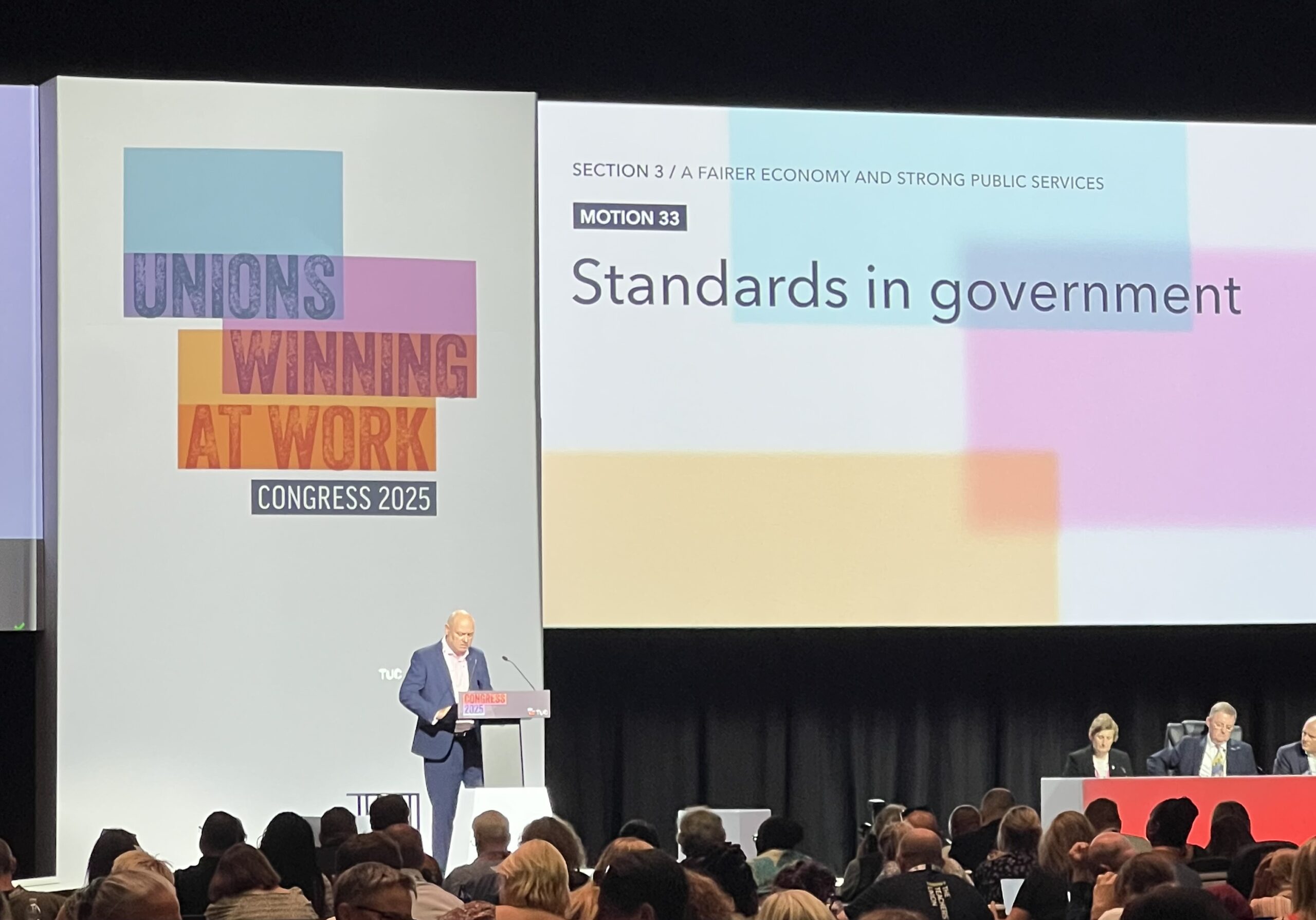Fair, flexible and forward-looking
As four major departments prepare to scrap their “guided distribution” appraisal schemes, Kay Hender asks that’s next for performance management in the civil service?

When civil service Chief Executive John Manzoni publicly stated at Civil Service Live 2016 in London that he was “not a fan” of the current performance management system, many civil servants were hoping it would be the beginning of the end for the oft-criticised process. Their wishes were granted at the end of last year, when a new civil service-wide performance management framework – to be introduced for grades below the SCS from April 2017 – was announced.
The new framework will replace the common performance management system introduced in 2012 under then-Cabinet Office minister Francis Maude. Significantly, a number of employers – including big hitters like HMRC, the Department for Work and Pensions, the Ministry of Defence and the Home Office – have moved quickly to end the “forced” or “guided” distribution of performance markings, with effect from the 2017-18 performance year.
More flexibility for departments
Andrew Kean, Deputy Director supporting performance management at Civil Service Employment Policy (CSEP), confirms that the new system will allow “more flexibility for departments to tailor their arrangements in a way that works best for them within their own culture and business needs”.
Kean says that CSEP’s role is to “support departments one-on-one but also working with them collectively – a sharing of best practice”. The new performance management framework is intended to enable a “a much stronger emphasis on regular, good quality, engaging conversations”, he says. “That’s one of the things that all departments have said they want to achieve.”
But could this lead to an increased burden on managers? “If you’re a manager, part of your role is to have good-quality, regular, ongoing conversations,” replies Kean. “The feedback is that not enough staff feel this is their experience… Deloittes moved to an ongoing conversation model and found that, while managers did increase the amount of time spent on performance management, it was much more evenly spread and managers felt that was a much better investment of their time.”
Kean thinks “the next six to twelve months will be really interesting, as departments… small and large, can learn from each other and make it work in their own contexts”.
Valuation Office Agency trial
The Valuation Office Agency (VOA) is already trying out a new performance management system. Its unique twelve-month trial, which began in July 2016, has removed guided distribution, box markings, mid-year moderation meetings and end-of-year validation meetings, focusing instead on the achievement of objectives throughout the year.
VOA Chief People Officer Janet Alexander explains: “Our managers and the people they manage have monthly performance achievement conversations, but the style of those conversations is quite different. We ask people to come into the room having reflected on their performance over the last month, and discuss what’s been achieved and perhaps what hasn’t gone quite so well. Where something hasn’t gone well, the individual and their manager discuss what the manager can do to help that person to improve, whether that is additional training, a shadowing opportunity, or some other sort of intervention.”
In addition to these monthly meetings between managers and their direct reports, senior leaders from each area meet up once a quarter to ensure they are confident “that managers are identifying people who are doing particularly well, and those who are struggling, and taking action to support both,” she adds.
Alexander says that feedback from staff has been positive so far because there are fewer surprises. “People are saying, ‘I don’t have to save up lots of evidence to prove what I’ve achieved at the end of the year.’ The monthly conversations are relatively short – only about 30 minutes or an hour – and because you’re talking about what happened last month people can recall it, rather than dredging back over it.”
Importantly, Alexander reports that “people generally feel that this system is fair, even people who need support and are underperforming, because the perception was – whether it’s true or not – that guided distribution meant that when you were told you were a poor performer, it was to meet a distribution rather than because of your performance. People now think, ‘If I’m being told I’m an underperformer, it’s because I’m an underperformer, not to meet a quota.’”
She admits that “the civil service, in common with many other organisations, finds that when it looks at performance data, people with protected characteristics are often under-represented as high achievers and over represented as under-performers. So we’re looking to see whether the change in system allows us to demonstrate that people with protected characteristics are being treated the same as those without.”
On the potential for the new system to generate extra work for managers, Alexander says that “some managers with big spans and remote staff” can find the new system challenging. “My view is that managing people is their job and it needs to be done well, but what we have taken away is the mid-year and end-of-year moderation and validation meetings, as well as the end-of-year write-ups, which were extremely time-consuming.”
Alexander says one of the reasons for adopting this method of performance management is to build management capability. “Essentially, you build that by allowing managers to manage and giving them some tools to manage with,” she says. “We wanted a culture that was more about coaching and performance achievement than retrospective performance evaluation”.
The trial’s progress has raised interest across the civil service, notably from civil service Chief People Officer Rupert McNeil. Alexander feels the trial system could work in larger organisations, but adds: “You would need to think very carefully about the size of the cadre that each senior leadership group looks at. Around 150 to 200 people is the maximum size, anything bigger than that and the numbers get too big. Then you really are not able to have a properly informed conversation about people.”
One of the measures of success for the trial is “managers’ ability to identify people who are under performing or who need support, or who have high or emerging potential, and their ability to support people differently because of that identification,” says Alexander. “We still need to address underperformance, whether that’s short-term, where people need support, or where people are consistently not performing; this system still has to demonstrate that we do that”.
But, overall, Alexander feels that the VOA trial system “has the potential to be transformational in terms of the relationship between managers and the people who work for them, because you change the dynamic of the conversations. And you improve engagement as managers and staff are involved in the process more than they were before.”
Related News
-

“Significant gaps” in current Northern Ireland standards regime, says Murtagh
FDA National Officer for Northern Ireland Robert Murtagh has called for a strengthened standards regime in Northern Ireland government.
-

FDA delegation attends TUC Congress 2025
This week, the FDA attended the 2025 TUC Congress in Brighton. FDA delegates spoke to and moved motions on a range of topics, including standards in government, public sector productivity, resilience, neurodiversity in the workplace, and TUC reform.
-

Ministers must “step up to the plate” or risk undermining the civil service, says Penman
The FDA has defended the pay and pensions of senior civil servants and called for ministers to do more to defend the civil service.